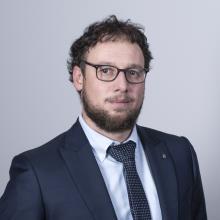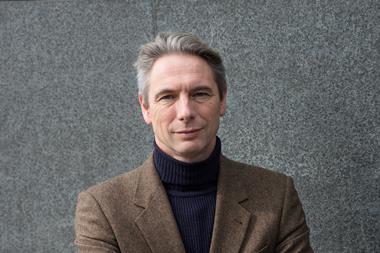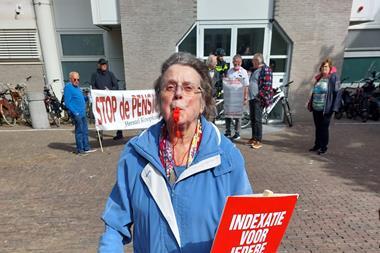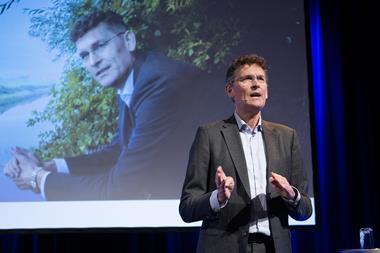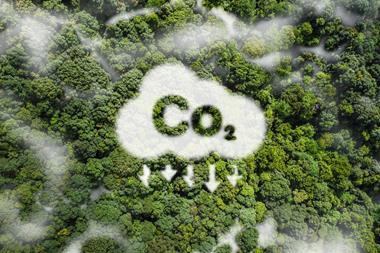The pension fund for the European Organization for Nuclear Research, CERN, is on track to take climate risks into account in its global investment risk management framework, according to its financial statement for 2022.
Last year, the scheme completed a climate impact analysis in addition to a carbon footprint and transition pathway study to gauge climate risks.
The climate impact analysis looked at CERN’s strategic asset allocation over the long term according to three scenarios taking into account an orderly transition to a low-carbon economy, a disorderly transition with severe financial impacts, and a failed transition where the goals of the Paris Agreement are not met, and global temperatures increase well beyond 2°C triggering serious physical risks.
Particularly a disorderly transition would expose the portfolio to climate risk in the medium term, with cumulative returns down by up to 3%, while a failed transition would have an impact on the pension fund’s investment portfolio in the long run, with cumulative returns down by up to 17.5% in a 40-year period, it said in the statement.
Meanwhile, the scheme has integrated its new ESG policy in the statement for investment principles. The policy defines the approach of the pension fund to manage climate-related risks and opportunities, adopting responsible ownership practices.
It also set out guidelines to promote good social governance and climate-aware risk management with its asset managers, it added.
The pension fund has invested in two infrastructure funds driving energy transition, one focused on offshore wind energy in Scandinavia, and the another on energy transition solutions.
It has also invested in a credit fund providing bridge financing for energy transition and in three private equity funds that invest exclusively in companies deemed to have sustainable and renewable infrastructure, the statement added.
It continues to invest in timber, both through direct ownership and through investment funds.
CERN returned -6.41% last year, net of external management and custody fees, and without including governance and internal management/operations costs, it said.
The fund’s fixed income portfolio returned -14.66% after currency hedging costs, equities returned -20.38% after currency hedging costs, infrastructure -1.22%, and commodities/gold -2.18%.
Real estate (1.23%), timber and farmland (3.65%), and hedge funds (8.45%) ended the year on a positive note.
Assets under management stood at CHF4.58bn at the end of last year, with 4,085 members, 3,668 beneficiaries, and two sponsor organisations.
The scheme invests 26% of its total assets in real assets, 19% in fixed income, 15% in equities, 11% in private equity, 13% in hedge funds, 3% in metals/commodities, and 13% in cash, the statement disclosed.
The actuarial review conducted last year showed that the funding level of the pension fund had increased from 67.8% as of 1 January 2019 to 77.1% as of 1 January 2022.
The latest digital edition of IPE’s magazine is now available













